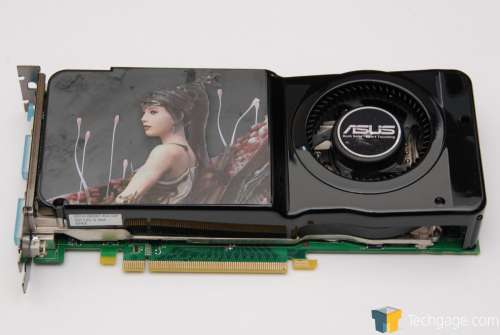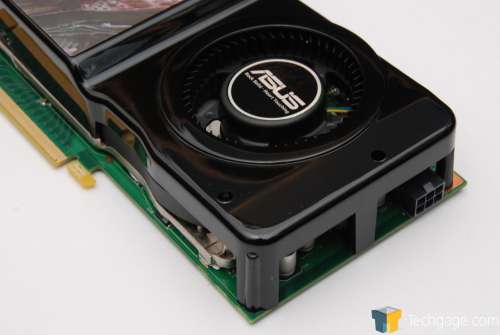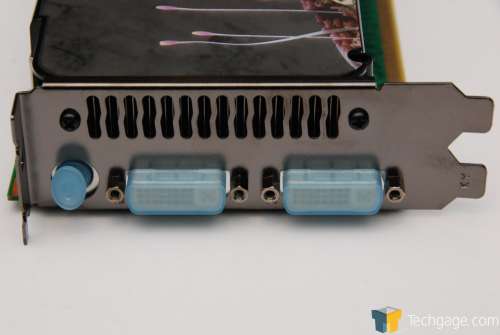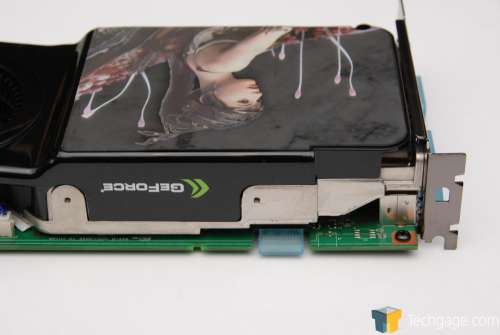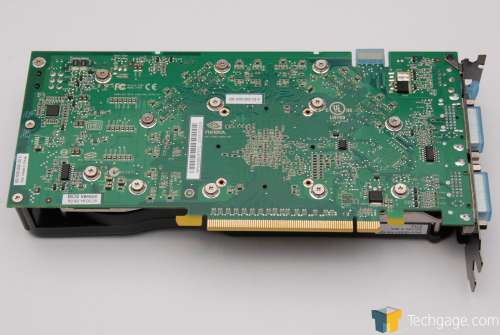- Qualcomm Launches Snapdragon 4 Gen 2 Mobile Platform
- AMD Launches Ryzen PRO 7000 Series Mobile & Desktop Platform
- Intel Launches Sleek Single-Slot Arc Pro A60 Workstation Graphics Card
- NVIDIA Announces Latest Ada Lovelace Additions: GeForce RTX 4060 Ti & RTX 4060
- Maxon Redshift With AMD Radeon GPU Rendering Support Now Available
ASUS EN8800GTS TOP 512MB
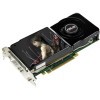
NVIDIA’s 9-series might be brand-new, but the 8-series should not be overlooked. Most 8800 GTS 512 cards cost less than the 9800 GTX, and can be easily overclocked to overpower it. In the case of this pre-overclocked ASUS card, the 9800 GTX doesn’t have a fighting chance.
Page 1 – Introduction
For quite a while, NVIDIA’s 8800 GTX was the “ultimate” video card, and for good reason. It was plenty fast, offered an outstanding 768MB of GDDR3 and for quite a while, was the fastest card the company had. Put two together in SLI, and the drool began to flow uncontrollably.
Not counting the rip-off 8800 Ultra card, the 8800 GTX first gained real competition when NVIDIA themselves released an 8800 GTS follow-up, in the form of the 8800 GTS 512. While the older 8800 GTS cards included either 320 or 640MB of memory and a 320-bit memory bus, the GTS 512 version of the card upped the stream processors by 33% and cut back to a 256-bit memory width.
The corners cut sure didn’t effect the cards performance, however. In all regards, the GTS 512 proves faster than the older models, and also beats out the previous king, the 8800 GTX. In some of the benchmarks, each card swaps places for the top spot, but the GTS 512 proved to be an immediate great choice at launch – especially considering that GTX and Ultra cards were still priced much higher.
You might be asking, “Why review the 8800GTS 512 at this point in time?” Good question, since the 9-series are beginning to creep up, such as the 9600 GT from ASUS we took a look at earlier this week. As is clear by now, though, the 9-series doesn’t bring much new to the table in way of features, but rather, the models have better clocks and the specs are well-rounded.
By purchasing an 8-series card now, you are not holding yourself back in any way, with regard to a feature-set. Although we haven’t seen much with the 9800 GTS yet, it’s unlikely to blow us away. The 9800 GTX was released yesterday, and reviews all over prove that it’s not much faster than an 8800 GTS 512… so where a 9800 GTS would fit in is beyond me. Perhaps it won’t launch, after all.
Closer Look
As seen in our below table, the 8800 GTS 512 falls directly below the brand-new 9800 GTX. The GTX improves on the every single clock, but not by much. In fact, there’s little doubt that any 8800 GTS 512 you purchase could overclock to the same specs with little issue.
This particular card from ASUS is interesting, because of it’s TOP status, or “Top Overclocking Performance”, which means this card is clocked higher than regular 8800 GTS 512 cards. Because of their clock increases, this TOP card is faster than a 9800 GTX, as the core clock is set to 740MHz – 65MHz over the 9800 GTX – and 1800MHz on the shaders, or 112MHz over the GTX.
|
Model
|
Core MHz
|
Shader MHz
|
Mem MHz
|
Memory
|
Memory Bus
|
Stream Proc.
|
| 8600 GT |
540
|
1190
|
700
|
256MB
|
128-bit
|
32
|
| 8600 GTS |
675
|
1475
|
1000
|
256MB
|
128-bit
|
32
|
| 8800 GS |
550
|
1375
|
800
|
384MB
|
192-bit
|
96
|
| 9600 GT |
650
|
1625
|
900
|
512MB
|
256-bit
|
64
|
| 8800 GT |
600
|
1500
|
900
|
512MB
|
256-bit
|
112
|
| 8800 GTS 320/640 |
500
|
1200
|
800
|
320/640MB
|
320-bit
|
96
|
| 8800 GTS 512 |
650
|
1625
|
970
|
512MB
|
256-bit
|
128
|
| 9800 GTX |
675
|
1688
|
1100
|
512MB
|
256-bit
|
128
|
| 8800 GTX |
575
|
1350
|
900
|
768MB
|
384-bit
|
128
|
| 8800 Ultra |
612
|
1500
|
1080
|
768MB
|
384-bit
|
128
|
We didn’t receive our 9800 GTX sample with enough time to post a review by now, but in our initial tests we can tell that this TOP card is the better performer. However, a stock 8800 GTS vs. 9800 GTX would reveal a different story, although even there, the differences are not large enough to be excited over.
ASUS’ 8800 GTS 512 is one of the best looking cards out there, in my opinion. It’s clean, effective and looks great when paired in SLI.
Since the entire card is covered, a leaf-blower fan is used to push warm air off of the GPU and out towards the back. The 6-pin PCI-E connector can be found on the end also.
Like most recent higher-end GPUs, the EN8800GTS 512 includes dual DVI ports and also a TV-out. For those with a display that requires VGA, an adapter is included.
The card is also SLI-capable of course, but we were unable to include such results in our review today due to having problems with our SLI motherboard. Once we receive a new SLI motherboard, we’ll begin including results in future GPU reviews.
On the next page, we will take a look at our current testing methodology, which we recommend you take a look at if you have not already. Our methodologies tend to be far different than most sites. On page 3, we will jump straight into our test results.
Support our efforts! With ad revenue at an all-time low for written websites, we're relying more than ever on reader support to help us continue putting so much effort into this type of content. You can support us by becoming a Patron, or by using our Amazon shopping affiliate links listed through our articles. Thanks for your support!




